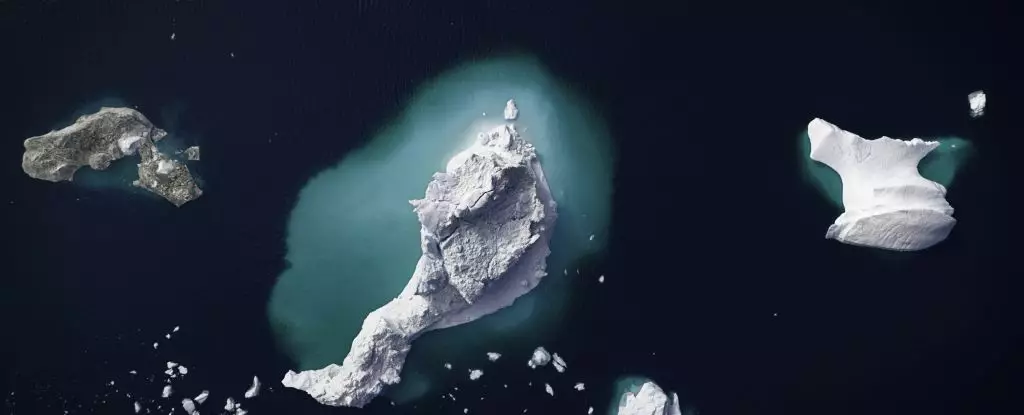The melting of polar ice caps due to global warming is not only causing rising sea levels and climate change, but it is also affecting Earth’s rotation. A recent study has found that the redistribution of mass from melting polar ice caps is altering the planet’s rotation rate. Geophysicist Duncan Agnew from the University of California San Diego predicts that due to the current rate of ice melting, a leap second scheduled for removal from coordinated universal time (UTC) in 2026 to account for the changes in Earth’s rotation won’t be necessary until 2029. While a delay of a second may not seem significant, it has serious implications for global timekeeping, which relies heavily on precise and accurate measurements. This unexpected shift highlights the profound impact of global warming on various aspects of our world, including something as fundamental as time itself.
Coordinated universal time (UTC) is a vital system based on atomic clocks that regulate all other clocks. Because the Earth’s rotation is not constant, adjustments are periodically made to align atomic clocks with Earth time. Leap seconds are added to UTC to maintain synchronization with International Atomic Time (TAI). The recent discovery that a negative leap second may not be needed until 2029 due to polar ice melting signifies a troubling development. This unanticipated consequence of global warming on global timekeeping underscores the urgency of addressing the underlying causes of climate change.
Satellites monitoring Earth’s gravity have observed changes in the distribution of mass, particularly in regions where polar ice is melting. The flow of melted ice from Greenland and Antarctica into the oceans alters the distribution of mass on Earth’s surface, influencing its rotation. As a result, Earth’s rotation rate has been affected by the melting ice caps, leading to the projection of a negative leap second requirement by 2029. The acceleration of mass transfer on Earth due to polar ice melting not only postpones the issue of a negative leap second but also raises concerns about potential future adjustments to leap seconds.
The concept of leap seconds was introduced in the 1970s when Earth’s rotation was considered the most reliable method of timekeeping. However, with the irregularities in Earth’s rotation in recent years, there have been discussions about reconsidering the link between UTC and TAI. Geophysicist Duncan Agnew proposes a more immediate solution of eliminating negative leap seconds altogether. In light of the accelerating mass transfer caused by melting polar ice, the necessity of adding leap seconds in the future is heightened. This shift in the way we manage time reflects the broader implications of environmental changes on the fabric of our world.
As we grapple with the consequences of climate change, the revelation of melting polar ice influencing Earth’s rotation serves as a stark reminder of the interconnectedness of our planet’s systems. The ripple effect of global warming extends beyond rising temperatures and extreme weather events to impact even our measurement of time. It underscores the urgent need for collective action to mitigate the effects of climate change and preserve the delicate balance of our planet. Only through a concerted effort to address the root causes of environmental degradation can we hope to safeguard the future of our world and all its intricate systems.


Leave a Reply